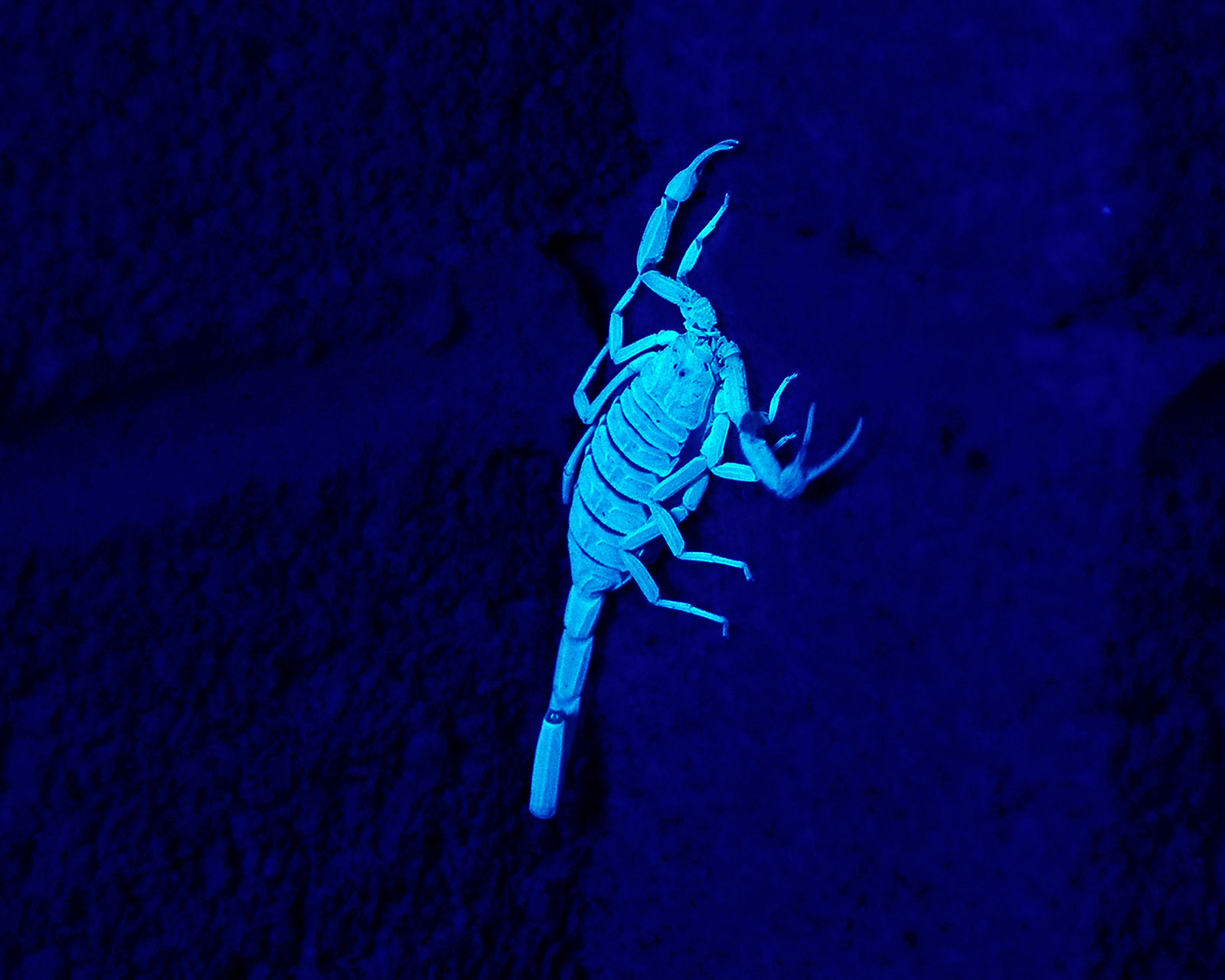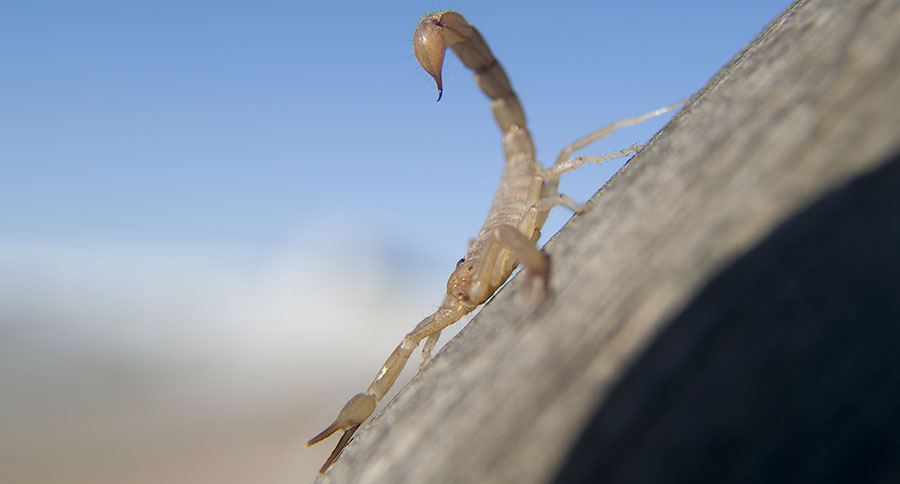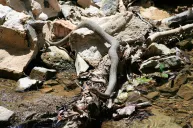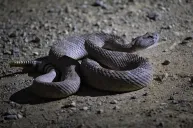Here is everything that you need to know about the Arizona bark scorpion.
For those living in the American southwest, there's an interesting, albeit dangerous creature that dwells in their region. The Arizona bark scorpion needs to be understood as much as it is respected.
It's true that the Centruroides sculpturatus is a venomous species of arachnid (the type of which can immediately result in an abject fear). In fact, the Arizona bark scorpion is the most venomous scorpion in North America.
What you may not know is how many other creatures need these stinging insects to survive, such as tarantulas, lizards, peccaries, rodents (like the grasshopper mouse), other scorpions, and especially owls. It's worth noting that some critters, like grasshopper mice, are virtually immune to the sting of these scorpions.
Over thousands of years, humans have discovered that most creatures of the animal kingdom were here well before us. They've developed some seriously specialized ways of protecting themselves. All the more reason to study and seek understanding when it comes to the ways of the natural world.
We have begun to learn to live with these creatures as respectfully as we can while still remaining safe. In that case, we must continue to be vigilant, but most importantly we must learn what these animals are and why they live the way that they do.
Natural Environment of the Arizona Bark Scorpion
Arizona bark scorpions prefer to hide from the heat of the day by staying under rocks, inside of wood piles, and under the bark of trees. Arizona bark scorpions are not known to burrow, but are commonly found in homes, requiring only the smallest crack or crevice for entry.
The distribution range of the Arizona bark scorpion varies from Arizona west to southern California and east into New Mexico. They are also naturally found in Baja California, the Sonora Desert, and Chihuahua, Mexico.
These small, light brown arachnids average that about three inches long need a somewhat moist area to live since their favored prey (beetles, spiders, crickets, cockroaches, and other insects) need these areas to thrive. Bark scorpions often prefer riparian habitats.
Scorpion Worlds says, "Like all other scorpions, they have fine hairs all over their body which they use to recognize the terrain and to detect their prey and threats. They have eight articulated legs and thin, but firm pedipalps which they use to hold their victims."
Since residential areas can easily provide these conditions, bark scorpions have found a livelihood near humans, and that can be quite a problem for an interesting (yet scary) reason.
Bark scorpions can not only climb, but actually prefer to hang upside down, allowing them to virtually disappear inside of most dwellings. Finding an Arizona bark scorpion in your home is becoming more and more common.
Arizona Bark Scorpion Reproduction
Though spiders lay eggs and wrap them in a silk sack, bark scorpion offspring are born alive without the need of external incubation.
Specifically, the Arizona bark scorpion generally gives birth to 25 to 35 young in the summer months. They'll cling to their mother, on her back, for up to three weeks.
Once they make their first molt and can begin an independent life they may begin to disperse, although this species of scorpion has been noted to stay in groups during the winter months.
Toxicity of the Arizona Bark Scorpion
While fatalities from this scorpion's venom are rare, they do occur. At risk adults with compromised immune systems, specific allergic reactions, as well as young children and the elderly, are the most susceptible to the venom, but anyone can be affected by it.
The severe pain from a bark scorpion sting can cause intense reactions including a numbness and tingling at the wound coupled with vomiting and convulsions. These conditions can last for days after a sting.
There is an available anti-venom for those residing in areas where this creature dwells, but since many are stung on hikes and camping trips, it may not be readily available for those affected. In these cases, when the sting is only cursory, basic first aid is called for. Clean the stung area with soap and water, apply a cold compress, and take acetaminophen or ibuprofen to alleviate the pain. It's always best to have to the contact information for your local poison control with you in the event of an emergency.
Scorpions and Ultraviolet Light

Bark scorpions are specialists in hiding due to their size and nimble movements, but they can be found by one simple method: exposing them to UV light.
Since they are mostly nocturnal, when scorpions begin to emerge at night, shining these lights has the unique effect of making them glow quite drastically. As a result, they become relatively easy to identify.
People, especially pest control professionals, use a black light at night to shine into the cracks and crevices that scorpions like to retreat into.
Because their hard shells do not change in size, scorpions and other arthropods must shed their current exoskeleton and grow a new one as they grow larger. If a bark scorpion has recently molted, they may not glow at all, but can still be dangerous.
This scorpion species is a natural survivor and predator that has been using the American southwest for millions of years, and in geological terms, we just arrived. Depending on the amount of venom inflicted, a person may feel as if they received a bee sting, or much worse, but the bottom line is that they were here first, and they are here to stay.
It is up to the humans to know them, give them some distance, and respect their presence as an integral part of our natural world.
Looking for a little more or even hot lunch for your hunting blind? Follow my webpage, or on Facebook and Twitter.
NEXT: YELLOW PERCH SPECIES PROFILE: ALL THE DETAILS ON THIS DELICIOUS FISH
WATCH




